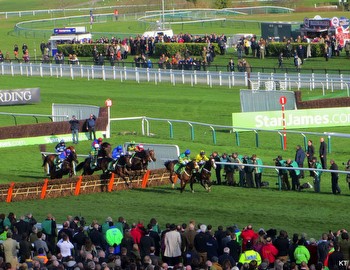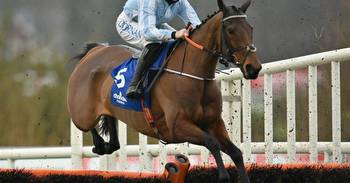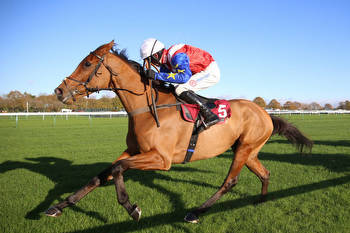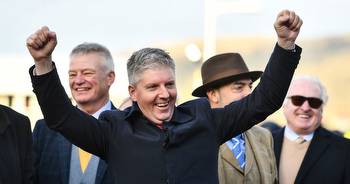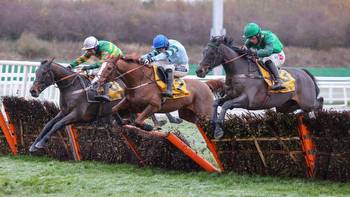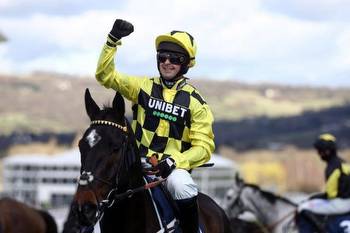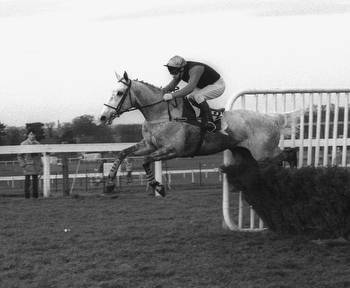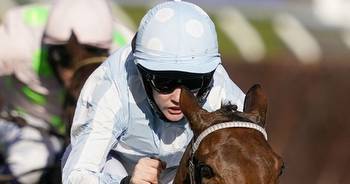Tolworth moved to Aintree amid major jumps changes
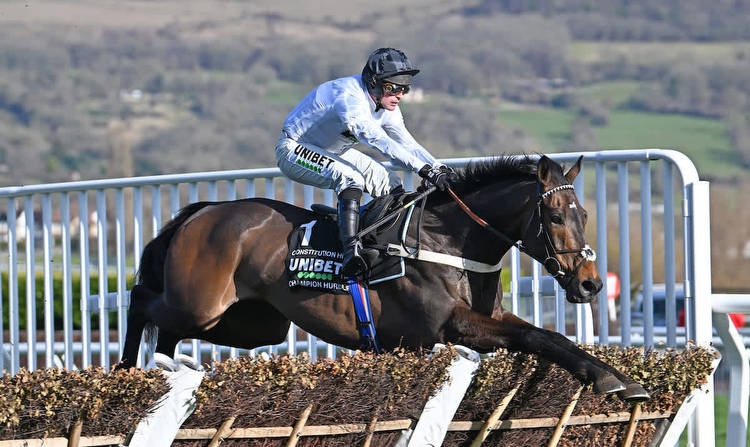
The British Horseracing Authority has announced a number of changes to the Jumps Pattern programme in an effort to strengthen the upper tiers of British National Hunt racing.
Several graded races have been removed from the calendar altogether while others have changed date or in some cases, venue.
The changes have been made in an attempt to space out Graded and Pattern contests more appropriately and to increase competitiveness.
Headline changes in the hurdling division are the relocation of the Grade One Tolworth Hurdle from Sandown to Aintree’s new meeting on Boxing Day while the Grade Two International at Cheltenham will now take place on Trials day in January rather than in December.
Major alterations to the chasing programme include the Grade Two Desert Orchid Chase at Kempton becoming a Grade Two limited handicap while the Future Stars at Sandown and the Many Clouds at Aintree have been removed from the programme altogether.
Other races to be lost include the Kennel Gate Novices’ Hurdle at Ascot, the Leamington Novices’ Hurdle at Warwick, Haydock’s Champion Hurdle Trial and the Dipper at Cheltenham.
Champion trainer Paul Nicholls, who sits on the Jump Pattern Committee which advises and suggests recommendations to the BHA board, won this season’s Tolworth with Tahmuras.
He said: “The changes to the timings and venues of certain races are all sensible and will help trainers better campaign their good horses. Increased competition and more prize-money at the top end can only be a good thing for the sport.”
There is also an ambition to introduce a new Grade One two-mile hurdle at the end of the season to provide another opportunity for those in that division after the Champion Hurdle.
BHA director of international racing and racing Development, Ruth Quinn, said: “The Jump Pattern programme in Britain has undergone an in-depth review, focusing on how we best support and improve the performance of jump racing at the top end of the pyramid, both in the short and longer-term.
“The Jump Pattern Committee has worked closely with racecourses, especially the Jockey Club – which stages most of our Jump Pattern races – to identify ways to see our best horses more regularly running against each other, but also strengthen our important developmental races, which help propel our horses towards the height of their ability.
“Working to these guiding principles, we have developed a package of changes, with races repositioned within a slimmed-down 2023/24 programme. The aim is to ensure our top contests are spaced more appropriately and consistently throughout the season – and hopefully deliver more competitive, meaningful and engaging racing as a consequence.
“Increased funding, investment and prize-money remains an important aim in terms of how we continually strengthen our higher profile contests, but these structural changes to the programme are a significant step in ensuring that our horses can maximise their prospects of succeeding at the highest level, as well producing a race programme that is consistently more engaging to bettors, fans and the media.”

